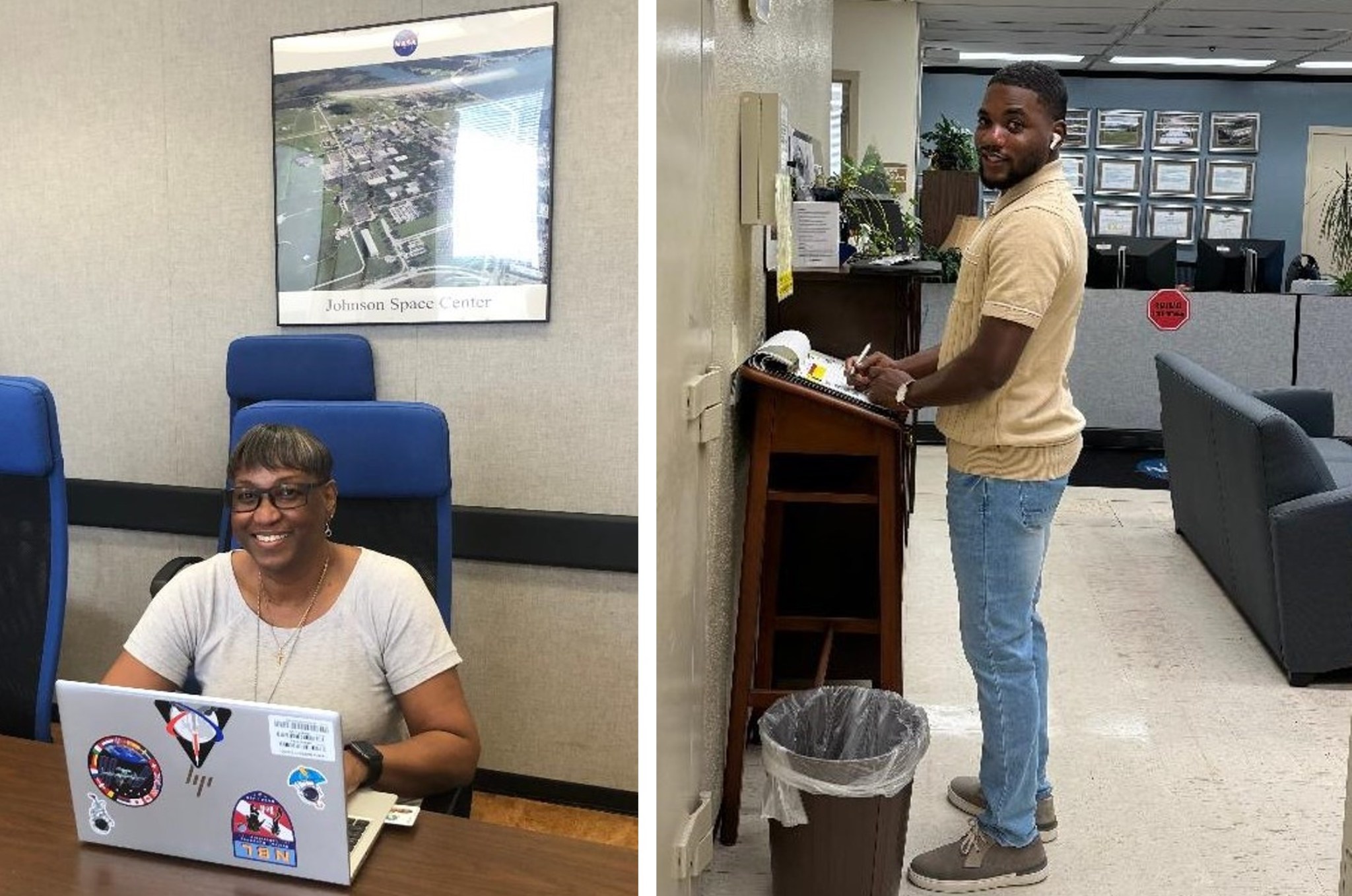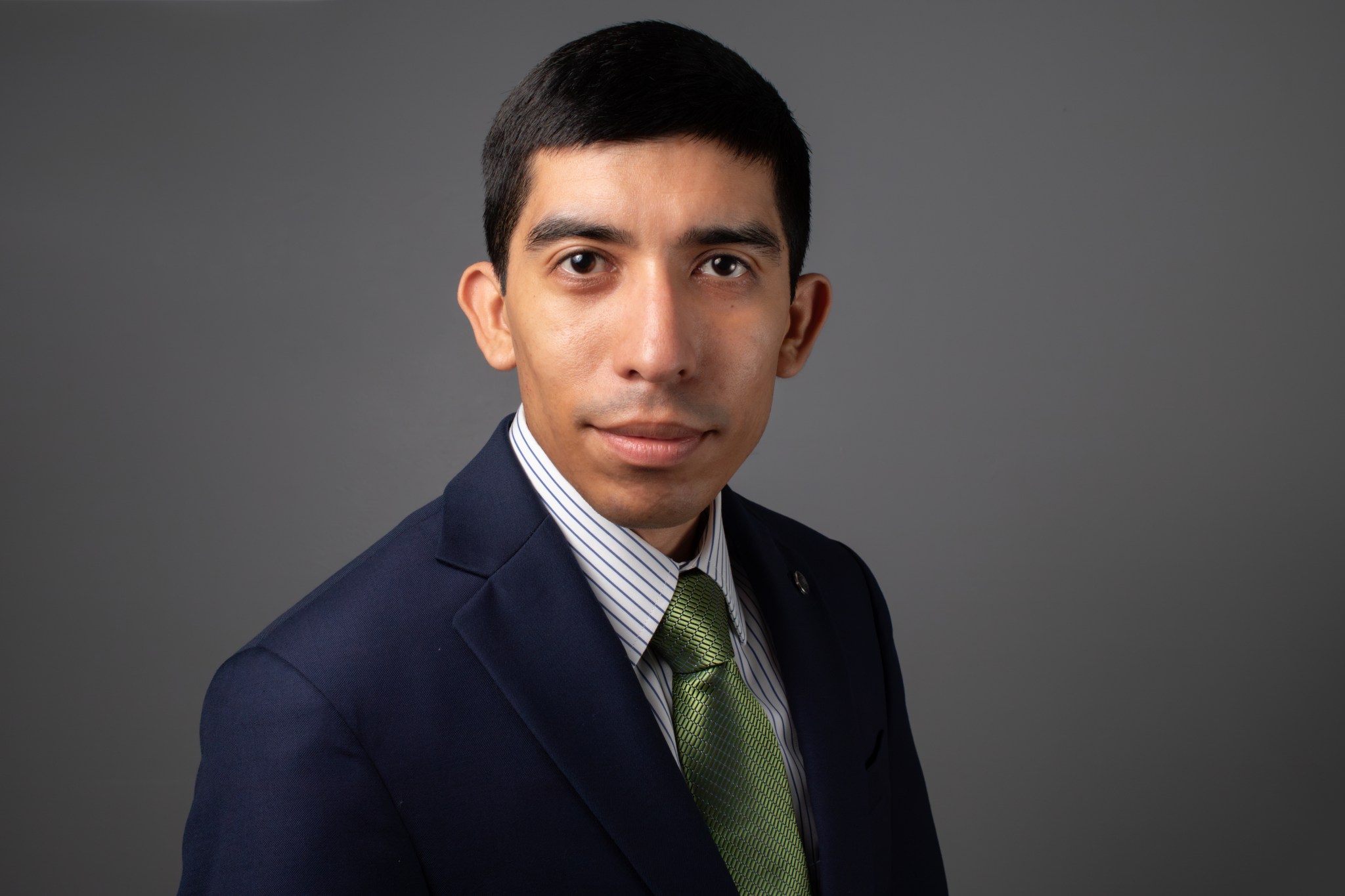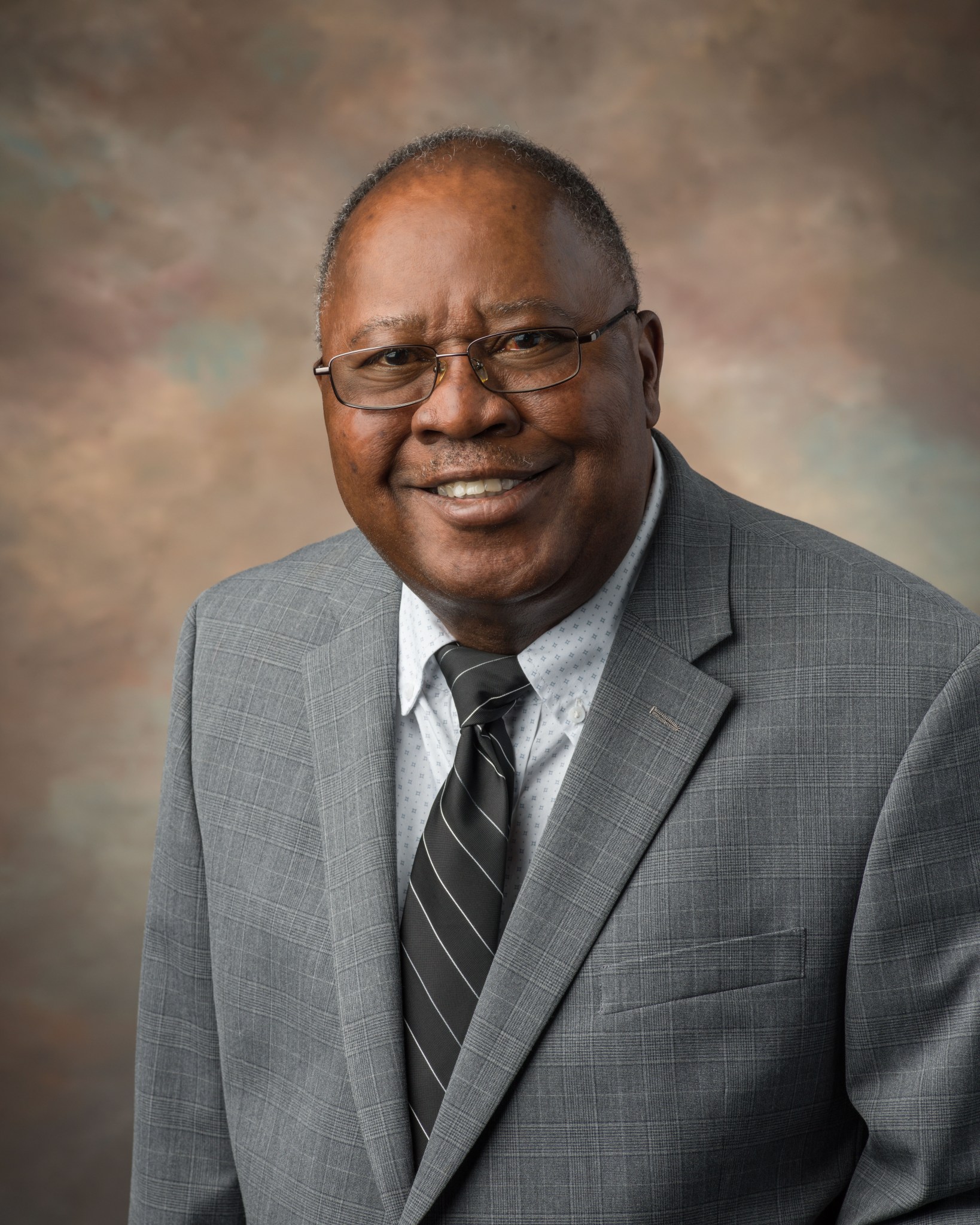Not all heroes wear capes (or blue flight suits). At Johnson Space Center in Houston, the heroes might train their colleagues how to safely respond and evacuate their office in an emergency. They might investigate office accidents and remove potential hazards. Or they might help fix a leaky bathroom sink or a broken coffee maker.
Those heroes are approximately 135 on-site facility managers who ensure the safety and health of every building and its occupants.
Established in 2009, the Facility Manager program encompasses buildings at Johnson Space Center, Sonny Carter Training Facility, and Ellington Field. Each building has a primary Facility Manager and an alternate. These individuals develop emergency action plans and serve as facility fire wardens. They post safety alerts, notices of renovation and construction work, and share information about impending interruptions to building access or utilities. They also coordinate between building occupants, safety personnel, facility operations, and emergency responders as needed.
“We are a relatively close-knit community and rely on each other for assistance and advice, especially from the veteran facility managers,” said Vanessa Jordan, the lead facility manager for the entire Johnson site. Her role, and that of Alternate Lead Facility Manager Darrell Palmer, is to establish policies and procedures for the Facility Manager program, ensuring that all applicable safety and health regulations are disseminated and enforced site wide.
“We are responsible for advising the facility managers on new and current policies and regulations relating to the safety and security of the buildings and their occupants,” Jordan explained. “We also inform them of changes in policies or procedures and happenings around the center that affect the buildings and occupants, such as road closures or hurricanes.” Jordan and Palmer oversee Facility Manager training, as well. They provide bi-annual training for new facility managers and periodic forums with subject matter experts on topics relevant to the team’s responsibilities.
“We are available to address any questions or concerns the facility managers may have regarding their role, buildings, or occupants,” she said. “We are the liaison and advocate for them with their organizations, my organization (which controls the program), the center, and our stakeholders.”
Jordan is also a facility engineer in the Center Operations Directorate’s Facilities Management and Operations Division. She joined Johnson’s team in 2008 after working for four years at NASA Headquarters in Washington, D.C. She served as Johnson’s facility manager coordinator for seven years before becoming the lead in 2019.
“I enjoy helping, meeting people, and developing relationships,” she said. “Even though I do a lot of routine work, there is something new to experience, deal with, or learn every day.”
Helping and connecting with others is what Angel Olmedo enjoys most about being a facility manager. “There’s no greater sense of purpose than being the person people rely on to find the help or solutions they need to finish their day strong and productive,” he said. “I’ve learned new skills and had a chance to meet and interact with a lot more people than I did before.”
Olmedo has worked at Johnson for nearly five years on the Human Space Flight Technical Integration Contract. In the spring of 2024, he was offered the opportunity to become the facility manager for buildings 4 south and 4 north, and the alternate facility manager for building 17. “During my first few years working here at Johnson, I enjoyed helping people get solutions to their technical problems – be they application related, access issues, or credentials,” he said. “I found that in becoming a facility manager I can continue to do something similar in a whole new way.”
Sid Dickerson has been the prime facility manager for building 17 and alternate for buildings 4 south and 4 north since November 2022. An IT specialist and property custodian at Johnson for more than 30 years, Dickerson takes pride in resolving issues quickly and efficiently and strives to maintain excellent customer feedback. “I want to be the best facility manager for my employer and customers as I help the facility achieve maintenance, cleaning, health and safety and scheduling goals,” he said. He added that working with a team of engineers, IT specialists, and maintenance staff to modernize the building 17 elevators was one of his favorite experiences to date.
Michael Meadows – facility manager for buildings 10, 9 south, and 260 – was inspired to join the Johnson team while delivering newspapers onsite. An Alvin Community College student at the time, Meadows noticed a facility manager plaque on the wall of Johnson’s External Relations Office. “I knew that with hard work and dedication, I would one day become a Johnson employee and support flight and see my photo on that wall!”
Meadows began working at Johnson in 1999 and has been a facility manager for 23 years. He received a Silver Snoopy Award in May 2011 in recognition of the support he provided to the International Space Station Program as the manager for Johnson’s manufacturing facilities.
Some Johnson team members are hired specifically for a facility manager position. Others may volunteer or be appointed to the role by their organization’s management. Regardless of how they became a facility manager, each person must complete an initial and a refresher training covering topics such as hazard identification and mitigation, energy conservation, security, and legal considerations. Additional training may be required depending on building assignments. Once fully trained, facility managers may stay in that role as long as they work at Johnson.
The most rewarding part of being a facility manager, said Meadows, is “the feeling you get when you keep up with the facility and make that a great home for all the occupants every day.”
Curious about all of the roles available at NASA? Visit our Careers site to explore open opportunities and find your place with us!



